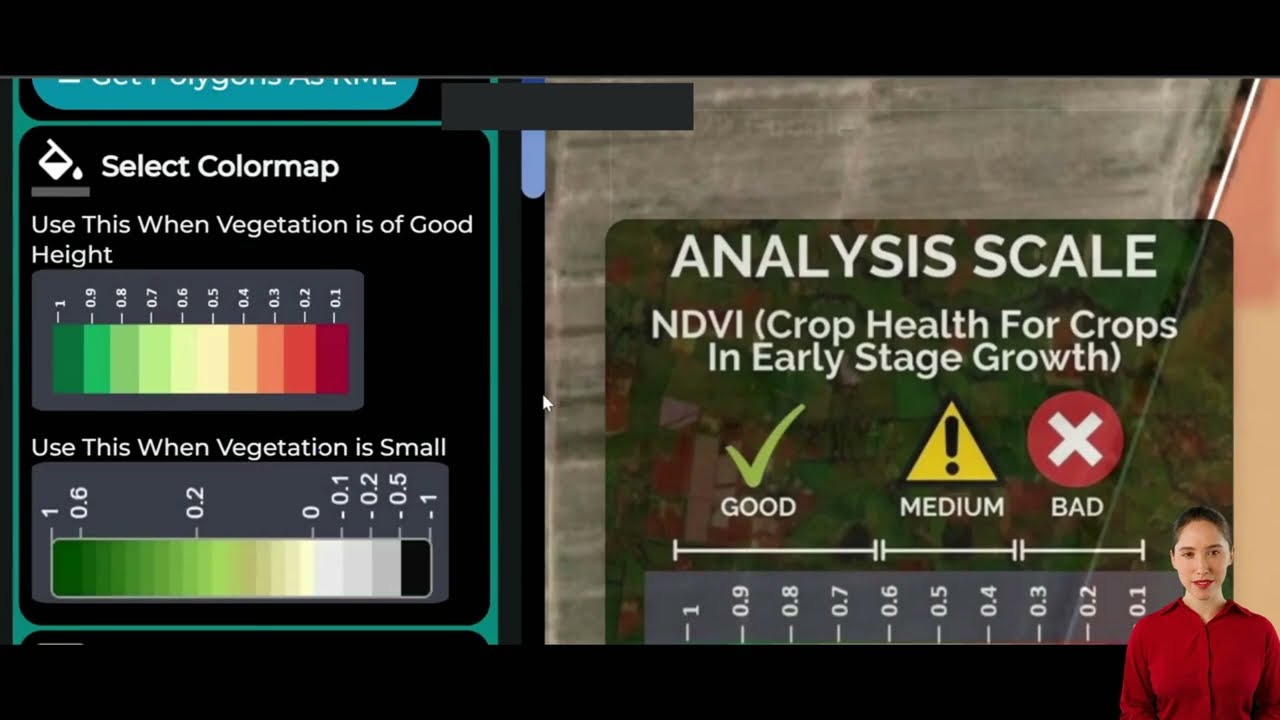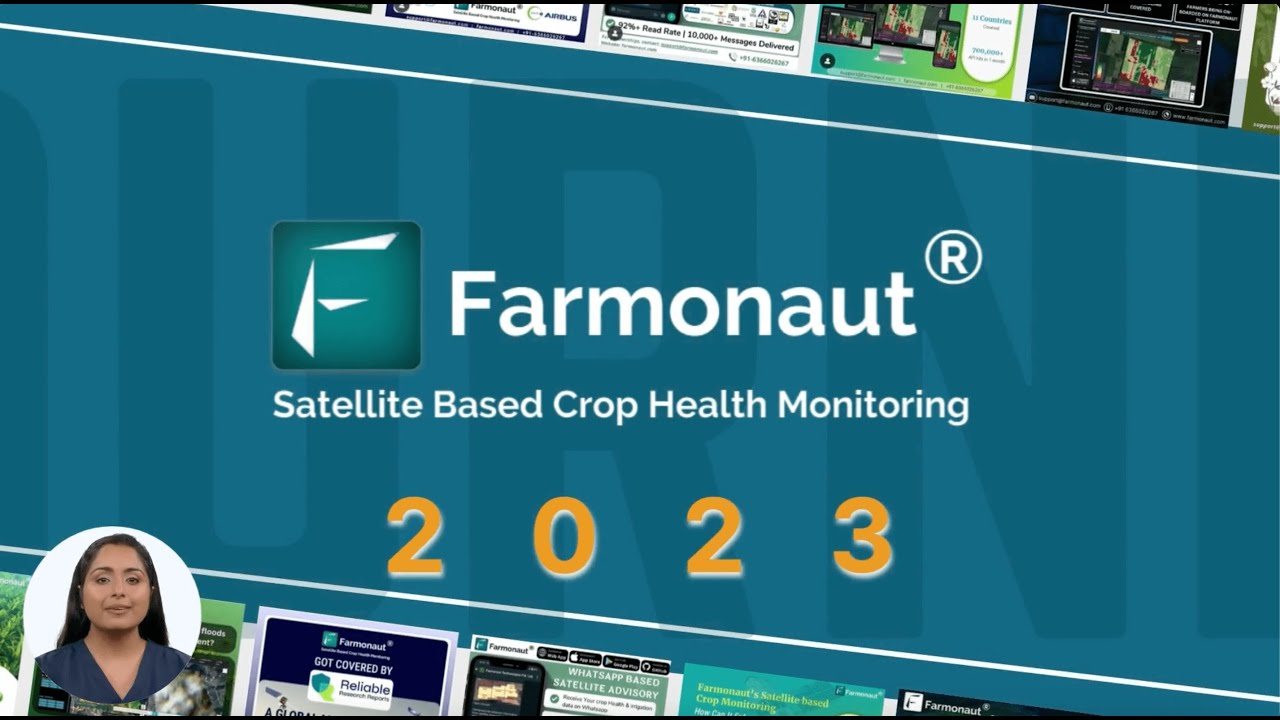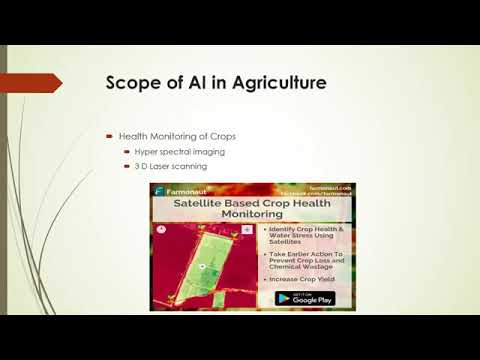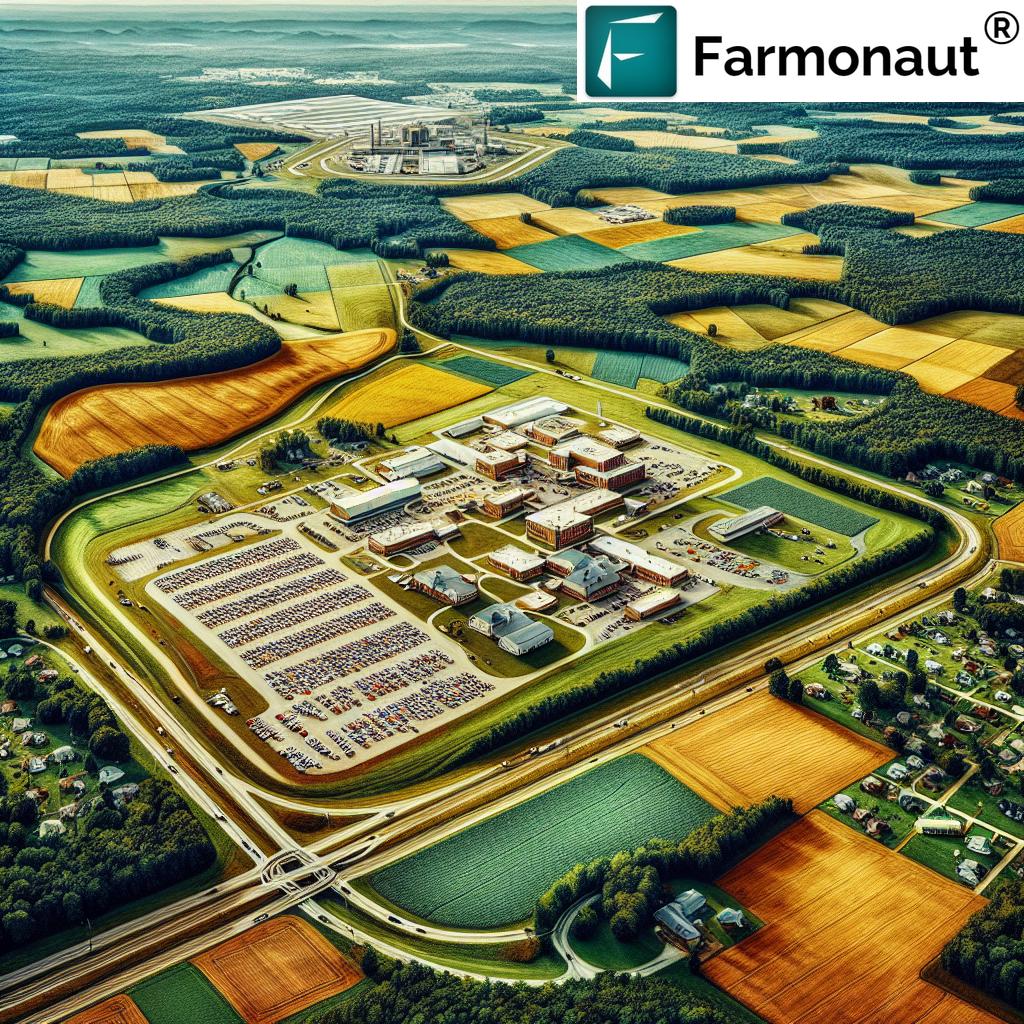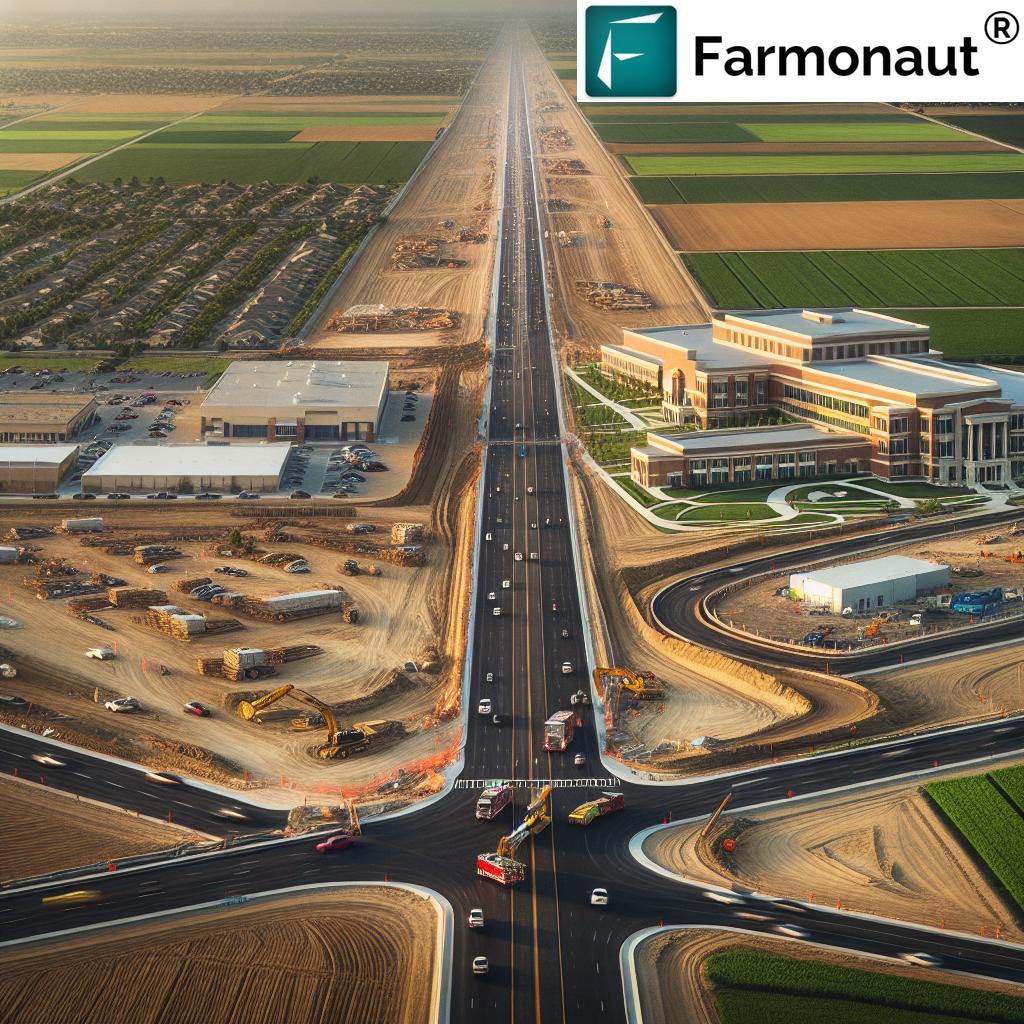Las Vegas Food Insecurity Crisis: Rising Grocery Prices and Food Desert Challenges in Clark County
“Clark County’s 15% food insecurity rate underscores the urgent need for affordable food solutions in Las Vegas.”
In the heart of Nevada, Las Vegas is facing a growing crisis that extends far beyond its glittering casino lights and bustling tourist attractions. The city, known for its abundance and excess, is grappling with a harsh reality: food insecurity. As we delve into this pressing issue, we’ll explore the multifaceted challenges that residents of Clark County are facing, from rising grocery prices to the pervasive problem of food deserts. Our investigation reveals a complex web of economic factors, policy decisions, and social inequalities that have converged to create a perfect storm of food insecurity in one of America’s most iconic cities.
Understanding Food Insecurity in Las Vegas
Food insecurity in Las Vegas has reached alarming levels, with Clark County reporting a 15% food insecurity rate. This statistic is not just a number; it represents thousands of families struggling to put nutritious meals on their tables daily. The causes of this crisis are numerous and interconnected, ranging from economic disparities to the unique geographical and urban planning challenges that Las Vegas faces.
- Economic Factors: Rising living costs and stagnant wages
- Urban Planning: Limited access to grocery stores in certain areas
- Supply Chain Issues: Disruptions leading to increased food prices
- Policy Changes: Reduction in federal food assistance programs
To truly understand the scope of this issue, we need to examine each of these factors in detail and explore how they collectively contribute to the food insecurity crisis in Las Vegas.
The Rising Tide of Grocery Prices
One of the most immediate and tangible aspects of the food insecurity crisis is the steady rise in grocery prices. Across Las Vegas, consumers are feeling the pinch as their grocery bills climb higher with each passing month. This increase is not isolated to luxury items or specific food categories; it spans across essential staples that form the backbone of most households’ diets.
Several factors are driving this price surge:
- Global Supply Chain Disruptions: The aftermath of the COVID-19 pandemic continues to ripple through global supply chains, affecting everything from production to transportation.
- Changing Trade Policies: Shifts in international trade agreements and tariffs have led to increased costs for imported goods.
- Climate-Related Challenges: Extreme weather events and changing climate patterns are impacting crop yields and livestock production, leading to scarcity and higher prices.
- Increased Production Costs: Rising energy prices and labor costs are being passed on to consumers.
These factors combine to create a challenging environment for both consumers and retailers in Las Vegas. Independent grocers, in particular, are feeling the squeeze as they struggle to compete with larger chains while maintaining affordable prices for their customers.
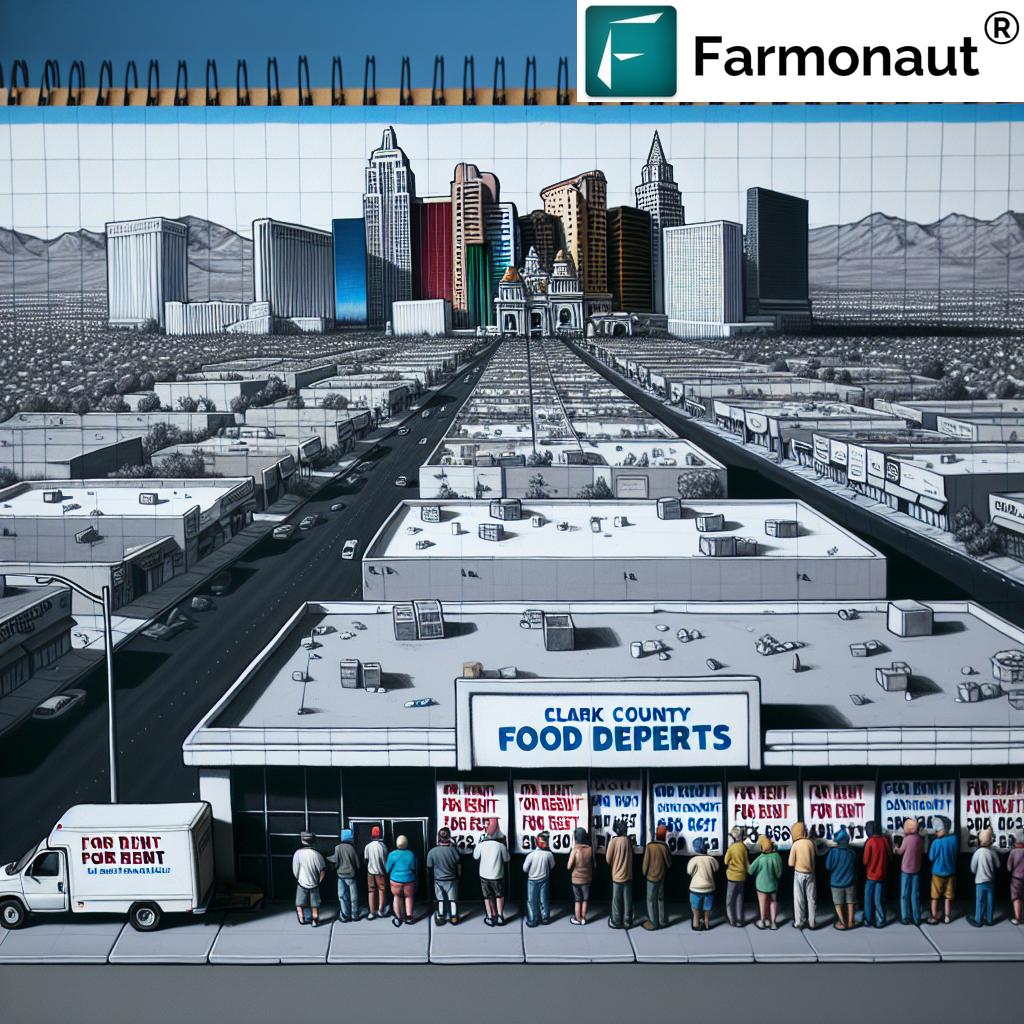
The Plight of Independent Grocers
“Independent grocers operate on slim margins, often absorbing costs to protect customers from rising food prices.”
Independent grocers play a crucial role in Las Vegas’s food ecosystem, often serving communities that larger chains overlook. However, these small businesses are facing unprecedented challenges in the current economic climate. Mario Berlanga, owner of Mario’s Westside Market, encapsulates the struggle: “It’s ten times harder on the independent grocer. We get leftovers. The big companies that order truckloads get the better price and they get the availability… us independents can only get what’s left over and the prices are higher.”
The challenges faced by independent grocers include:
- Limited Purchasing Power: Unable to buy in bulk like larger chains, leading to higher costs
- Competitive Pricing Pressure: Struggling to match prices of larger competitors while maintaining profitability
- Supply Chain Vulnerabilities: More susceptible to supply disruptions and price fluctuations
- Operational Costs: Higher relative costs for staffing, maintenance, and utilities
These factors create a precarious situation where independent grocers must balance their own survival with their commitment to serving their communities. Many, like Berlanga, choose to absorb costs rather than pass them on to their customers, further straining their already thin profit margins.
The Food Desert Dilemma
Perhaps one of the most concerning aspects of food insecurity in Las Vegas is the prevalence of food deserts. These are areas where residents have limited access to affordable, quality fresh food. In Clark County, many neighborhoods fall into this category, exacerbating the challenges of food insecurity.
Characteristics of food deserts in Las Vegas include:
- Limited Grocery Store Access: Few or no full-service grocery stores within a reasonable distance
- Abundance of Convenience Stores: Higher concentration of stores offering processed, less nutritious foods
- Transportation Challenges: Lack of reliable public transportation to reach grocery stores
- Higher Food Prices: Limited competition leading to higher prices in available stores
The impact of food deserts extends beyond mere inconvenience. They contribute to poor nutrition, increased health problems, and a cycle of poverty that can be difficult to break. Dr. Ian McDonough, chair of UNLV’s Economics Department, expresses concern: “I study food insecurity. So this is something I will have my eye on closely because Clark County has a fifteen percent food insecurity rate and households are already facing tough tradeoffs.”
The Role of Food Banks and Federal Assistance
In the face of rising food insecurity, food banks have become a critical lifeline for many Las Vegas residents. However, these vital institutions are facing their own set of challenges. The recent decision by the Department of Agriculture to halt $500 million in food deliveries has sent shockwaves through the nation’s food bank network, including those in Las Vegas.
The impact of this funding shortage is multifaceted:
- Reduced Food Availability: Less food to distribute to those in need
- Increased Pressure on Local Donations: Greater reliance on community support
- Strain on Operational Capacity: Difficulty in meeting growing demand with limited resources
- Long-term Sustainability Concerns: Uncertainty about future funding and support
This situation underscores the delicate balance between federal assistance, local support, and the growing needs of food-insecure populations in Las Vegas. It also highlights the need for innovative solutions and community-driven initiatives to fill the gaps left by reduced federal support.
Economic Implications of Food Insecurity
The food insecurity crisis in Las Vegas has far-reaching economic implications that extend beyond individual households. As families struggle to afford nutritious food, the ripple effects are felt across various sectors of the local economy.
| Factor | Current Status | Impact on Food Insecurity | Potential Solutions |
|---|---|---|---|
| Grocery Prices | Steadily increasing | High | Price controls, subsidies for essential items |
| Food Desert Areas | Widespread in Clark County | High | Urban planning initiatives, mobile grocery services |
| Independent Grocer Challenges | Facing significant financial strain | Medium | Local government support, cooperative purchasing programs |
| Supply Chain Issues | Ongoing disruptions | Medium | Localized supply chains, investment in logistics infrastructure |
| Food Bank Funding | Recent $500 million cut | High | Increased local fundraising, public-private partnerships |
Key economic implications include:
- Reduced Consumer Spending: As more income is allocated to food, less is available for other goods and services
- Health Care Costs: Poor nutrition can lead to increased health problems and higher healthcare expenses
- Workforce Productivity: Food insecurity can affect work performance and attendance
- Educational Outcomes: Children from food-insecure households may struggle academically, impacting future economic prospects
Addressing food insecurity is not just a moral imperative; it’s an economic necessity for the long-term prosperity of Las Vegas and Clark County.
Innovative Solutions and Community Responses
In the face of these challenges, Las Vegas is not standing idle. Various stakeholders, from community organizations to local businesses and government agencies, are stepping up with innovative solutions to combat food insecurity.
- Community Gardens: Initiatives to create urban gardens in food desert areas
- Mobile Grocery Stores: Bringing fresh produce to underserved neighborhoods
- Food Recovery Programs: Partnerships with restaurants and hotels to redistribute surplus food
- Education Initiatives: Teaching nutrition and cooking skills to promote healthier eating habits
One particularly promising approach is the use of technology to address food insecurity. Companies like Farmonaut are leveraging satellite technology and AI to help optimize agricultural production and resource management. While not directly involved in food distribution, such technologies can play a crucial role in increasing food production efficiency and sustainability, potentially leading to more affordable and accessible food in the long run.
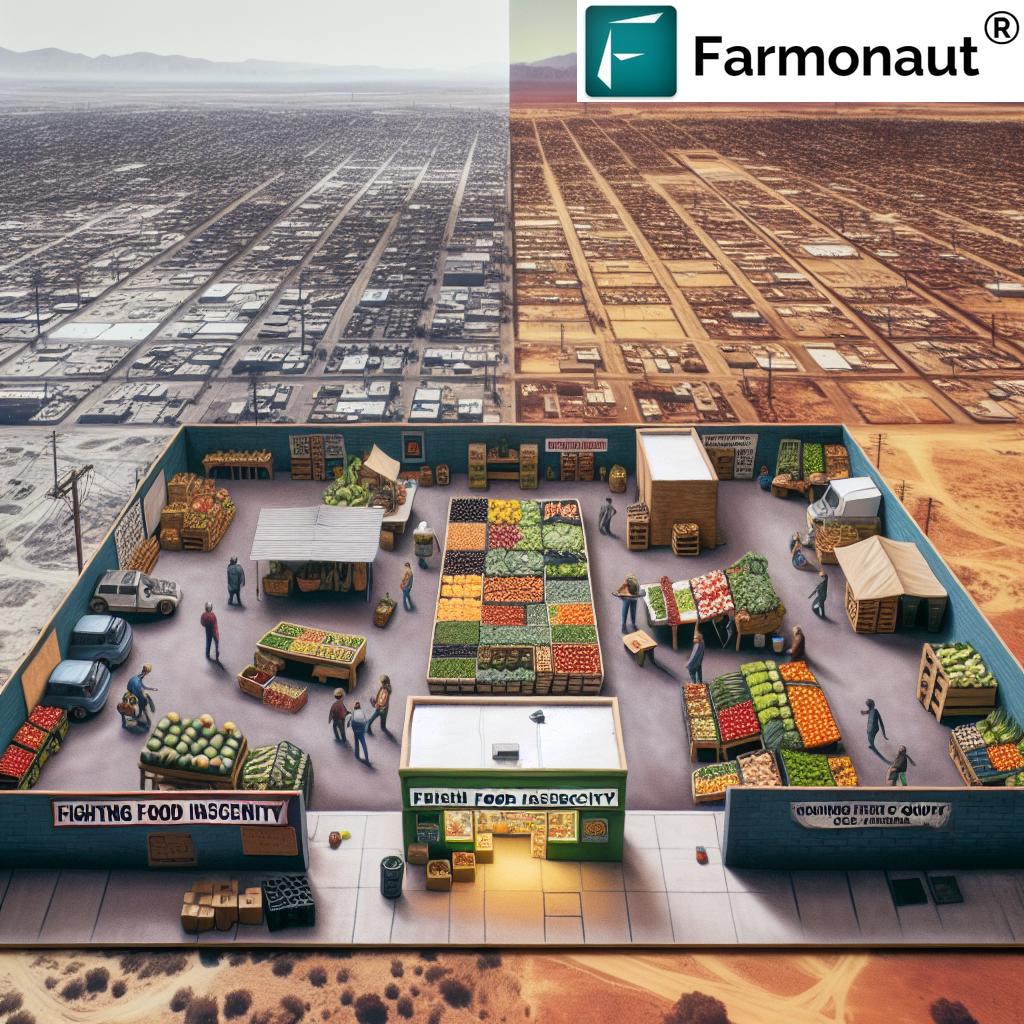
Policy Considerations and Future Outlook
Addressing food insecurity in Las Vegas will require a multi-faceted approach involving policy changes at local, state, and federal levels. Some key areas for consideration include:
- Zoning Laws: Encouraging the establishment of grocery stores in food desert areas
- Public Transportation: Improving access to food sources through better transit options
- Food Assistance Programs: Expanding and streamlining existing programs to reach more people in need
- Economic Development: Creating job opportunities and raising wages to improve food affordability
The future outlook for food security in Las Vegas depends heavily on how effectively these policies are implemented and how well the community can come together to address this critical issue.
The Role of Technology in Combating Food Insecurity
As we look for solutions to the food insecurity crisis in Las Vegas, technology emerges as a powerful tool. Innovative platforms and applications are being developed to address various aspects of the food supply chain and distribution network.
One such technological solution is offered by Farmonaut’s crop plantation and forest advisory services. While not directly involved in food distribution in Las Vegas, Farmonaut’s technology demonstrates the potential for satellite-based solutions to optimize agricultural production. By providing farmers with real-time data on crop health, soil moisture, and weather patterns, such technologies can help increase crop yields and potentially lower food production costs in the long run.
Other technological innovations that could impact food security in Las Vegas include:
- Food Waste Reduction Apps: Connecting surplus food from restaurants and grocers with those in need
- Urban Farming Technologies: Vertical farming and hydroponics systems suitable for urban environments
- Blockchain for Food Traceability: Improving supply chain efficiency and reducing food fraud
- AI-Powered Demand Forecasting: Helping grocers optimize inventory and reduce waste
While these technologies are not a panacea for food insecurity, they represent important tools in the broader strategy to address this complex issue.
The Importance of Community Engagement and Education
Tackling food insecurity in Las Vegas requires more than just policy changes and technological solutions. It demands active community engagement and education. By fostering a deeper understanding of nutrition, food preparation, and resource management, we can empower individuals and families to make the most of available resources.
Key areas of focus for community engagement and education include:
- Nutrition Education: Teaching the basics of balanced diets and healthy eating habits
- Cooking Classes: Demonstrating how to prepare nutritious meals on a budget
- Financial Literacy: Helping families better manage their food budgets
- Community Supported Agriculture (CSA) Programs: Connecting residents directly with local farmers
These initiatives not only help address immediate food needs but also build long-term resilience within communities, reducing dependence on emergency food services.
The Path Forward: Collaborative Solutions for Las Vegas
As we’ve explored the multifaceted challenges of food insecurity in Las Vegas, it’s clear that no single solution will be sufficient. The path forward requires a collaborative approach that brings together various stakeholders:
- Local Government: Implementing supportive policies and allocating resources
- Businesses: Both large chains and independent grocers working to ensure food accessibility
- Non-Profit Organizations: Continuing to provide direct support and advocacy
- Technology Companies: Developing innovative solutions to optimize food production and distribution
- Community Members: Engaging in grassroots efforts and supporting local initiatives
By leveraging the strengths of each sector and fostering collaboration, Las Vegas can work towards a more food-secure future. This could involve partnerships between local grocers and technology companies to optimize supply chains, or collaborations between government agencies and non-profits to implement targeted food assistance programs.
Conclusion: A Call to Action for Las Vegas
The food insecurity crisis in Las Vegas is a complex challenge that touches every aspect of the community. From rising grocery prices to the challenges faced by independent grocers, from the prevalence of food deserts to the strain on food banks, the issues are interconnected and require a comprehensive approach.
As we’ve discussed, there are numerous potential solutions and avenues for improvement. Technology, policy changes, community engagement, and collaborative efforts all have roles to play. But perhaps most importantly, addressing food insecurity requires a collective commitment from all members of the Las Vegas community.
We call on policymakers, business leaders, community organizations, and individual citizens to recognize the urgency of this issue and take action. Whether it’s supporting local food banks, advocating for policy changes, or simply being more conscious of our food choices and waste, every action counts.
The journey towards food security in Las Vegas will be challenging, but it’s a journey we must undertake together. By working collaboratively and leveraging all available resources and innovations, we can create a future where every resident of Clark County has access to affordable, nutritious food. This is not just an economic imperative; it’s a moral obligation to ensure the health, well-being, and dignity of all members of our community.
FAQ Section
Q: What is food insecurity?
A: Food insecurity refers to a lack of consistent access to enough food for an active, healthy life. In Las Vegas, it affects 15% of Clark County residents.
Q: What are food deserts?
A: Food deserts are areas where residents have limited access to affordable, quality fresh food. Many neighborhoods in Clark County are considered food deserts.
Q: How are rising grocery prices affecting Las Vegas residents?
A: Rising grocery prices are making it increasingly difficult for many Las Vegas residents to afford nutritious food, exacerbating the food insecurity crisis.
Q: What challenges do independent grocers face in Las Vegas?
A: Independent grocers struggle with limited purchasing power, competitive pricing pressure, and thin profit margins, making it difficult to compete with larger chains.
Q: How can technology help address food insecurity?
A: Technology can help optimize food production, improve distribution efficiency, reduce waste, and connect surplus food with those in need.
Q: What can individuals do to help combat food insecurity in Las Vegas?
A: Individuals can support local food banks, advocate for policy changes, participate in community gardens, and be more conscious about food waste.
Earn With Farmonaut: Affiliate Program
Earn 20% recurring commission with Farmonaut’s affiliate program by sharing your promo code and helping farmers save 10%. Onboard 10 Elite farmers monthly to earn a minimum of $148,000 annually—start now and grow your income!


